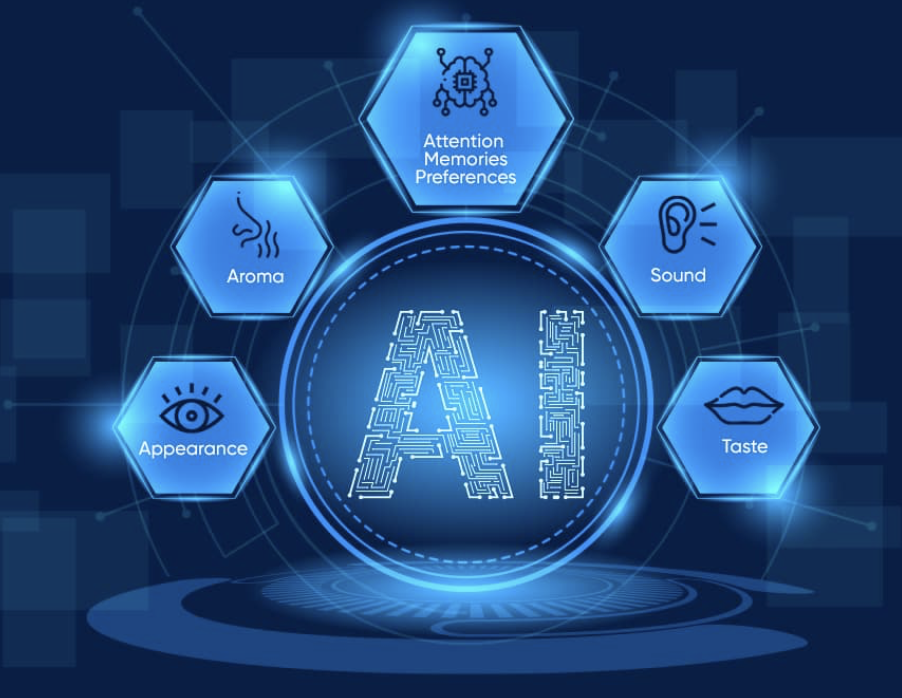From Transfer Learning to Hyperparameter Optimization
Understanding transfer learning
Transfer learning is a powerful technique in the field of artificial intelligence that enables models to leverage knowledge learned from one task and apply it to another, related task. This approach allows models to generalize better and achieve higher performance even with limited data.
Transfer learning works by taking a pre-trained model, typically trained on a large dataset, and repurposing it for a different task. The initial layers of the model, known as the feature extractor, have already learned general features that are applicable to a wide range of tasks. By freezing these layers and training only the remaining layers on a new dataset, the model can quickly adapt to the new task.
One of the key advantages of transfer learning is that it reduces the need for large amounts of labeled data. Instead of starting from scratch, transfer learning allows models to build upon existing knowledge, saving both time and resources. This makes it particularly useful in areas where labeled data is scarce or expensive to obtain.
Transfer learning has found applications in various domains, including computer vision, natural language processing, and speech recognition. By leveraging pre-trained models, researchers and practitioners can achieve state-of-the-art results with minimal effort. Whether it's image classification, text generation, or speech recognition, transfer learning has become an indispensable tool in the AI toolbox.
Exploring quantum computing
Quantum computing is a revolutionary technology that harnesses the principles of quantum mechanics to perform computations at a speed and scale that is beyond the reach of classical computers. Unlike classical bits, which can represent either a 0 or a 1, quantum bits, or qubits, can exist in a superposition of both states simultaneously. This property allows quantum computers to process vast amounts of information in parallel, leading to exponential speedup for certain types of problems.
In the field of artificial intelligence, quantum computing holds great promise for tackling complex optimization problems and enhancing machine learning algorithms. Quantum machine learning (QML) combines the principles of quantum computing with traditional machine learning techniques to develop more efficient and powerful models.
One of the key applications of quantum computing in AI is the ability to train models using quantum algorithms. These algorithms, such as quantum support vector machines or quantum neural networks, leverage the unique properties of quantum systems to enhance the learning process. By exploiting the power of quantum entanglement and superposition, these algorithms can explore the solution space more effectively and potentially find better solutions than classical algorithms.
While quantum computing is still in its early stages, researchers and organizations are actively exploring its potential applications in AI. From optimizing complex supply chains to accelerating drug discovery, quantum computing has the potential to revolutionize industries and solve problems that are currently beyond the reach of classical computers.
The role of sentiment analysis in AI
Sentiment analysis, also known as opinion mining, is a technique used in artificial intelligence to analyze and classify the sentiment expressed in text or speech. By understanding the emotions and attitudes conveyed by individuals, sentiment analysis can provide valuable insights into customer opinions, brand perception, and market trends.
Sentiment analysis algorithms use natural language processing techniques to extract features from text, such as keywords, grammatical patterns, and emotional cues. These features are then used to classify the sentiment as positive, negative, or neutral. Machine learning algorithms are typically employed to train sentiment analysis models using labeled datasets.
In the realm of AI, sentiment analysis has a wide range of applications. It can be used to monitor social media platforms and analyze public sentiment towards a brand or product. By understanding customer feedback, businesses can make data-driven decisions and improve their products or services. Sentiment analysis can also be applied in customer support, where it can automatically categorize customer messages based on their sentiment and prioritize responses accordingly.
With the advent of deep learning and the availability of large datasets, sentiment analysis models have achieved impressive results. However, challenges still exist, such as accurately detecting sarcasm, understanding context, and handling multilingual sentiment analysis. Researchers and practitioners are continuously working on improving the accuracy and robustness of sentiment analysis algorithms to address these challenges.
An overview of probabilistic reasoning
Probabilistic reasoning is a branch of artificial intelligence that deals with uncertainty and probability. It provides a framework for reasoning and decision-making in situations where incomplete or noisy information is available.
In probabilistic reasoning, knowledge is represented using probability distributions, which assign probabilities to different possible outcomes. These distributions can be updated based on new evidence, allowing the model to make informed decisions and update its beliefs over time.
One of the key techniques in probabilistic reasoning is Bayesian inference, which uses Bayes' theorem to update the probability of a hypothesis given new evidence. This approach allows models to incorporate prior knowledge and update it based on observed data, leading to more accurate predictions and decisions.
Probabilistic reasoning has applications in various domains, including robotics, medical diagnosis, and natural language processing. For example, in robotics, probabilistic reasoning can be used to model uncertainty in sensor measurements and plan optimal actions. In medical diagnosis, it can help doctors assess the likelihood of different diseases based on patient symptoms and test results.
As AI continues to advance, probabilistic reasoning will play an increasingly important role in handling uncertainty and making intelligent decisions. By incorporating probabilistic models into AI systems, researchers and practitioners can build more robust and reliable systems that can operate in real-world environments.
The importance of hyperparameter optimization
Hyperparameter optimization is a critical step in training machine learning models. Hyperparameters are parameters that are not learned from the data but are set by the user before training. Examples of hyperparameters include the learning rate, the number of hidden layers in a neural network, or the regularization strength.
The choice of hyperparameters can have a significant impact on the performance of a model. Setting them too low or too high can result in underfitting or overfitting, respectively. Hyperparameter optimization aims to find the best combination of hyperparameters that maximizes the model's performance on a given task.
There are several techniques for hyperparameter optimization, ranging from grid search to more advanced methods such as Bayesian optimization or genetic algorithms. These techniques explore the hyperparameter space, evaluating different combinations and selecting the best ones based on a predefined criterion, such as validation accuracy or loss.
Hyperparameter optimization is a computationally intensive task, as it often requires training and evaluating multiple models. However, it is a crucial step in building high-performing models. By systematically searching the hyperparameter space, researchers and practitioners can find optimal configurations that lead to better generalization and improved model performance.
Utilizing knowledge graphs in AI
Knowledge graphs are a powerful tool in artificial intelligence that allows us to represent and reason about structured knowledge. A knowledge graph is a graph database that captures relationships between entities, such as people, places, or concepts, and the properties that describe them.
In a knowledge graph, entities are represented as nodes, and relationships between entities are represented as edges. Each node and edge can have attributes, allowing us to store additional information about the entities and relationships. Knowledge graphs can be created manually or extracted automatically from structured or unstructured data.
Knowledge graphs enable AI systems to leverage rich semantic information and perform complex reasoning tasks. For example, they can be used to answer natural language questions by traversing the graph and finding relevant information. They can also be used for recommendation systems, where the graph structure allows for personalized and context-aware recommendations.
Knowledge graphs have applications in various domains, including healthcare, e-commerce, and content management. They enable us to organize, connect, and reason about information in a structured and scalable way. By representing knowledge in a graph format, AI systems can achieve a deeper understanding of the world, leading to more intelligent and informed decisions.
RSe Global: How can we help?
At RSe, we provide busy investment managers instant access to simple tools which transform them into AI-empowered innovators. Whether you want to gain invaluable extra hours daily, secure your company's future alongside the giants of the industry, or avoid the soaring costs of competition, we can help.
Set-up is easy. Get access to your free trial, create your workspace and unlock insights, drive performance and boost productivity.
Follow us on LinkedIn, explore our tools at https://www.rse.global and join the future of investing.
#investmentmanagementsolution #investmentmanagement #machinelearning #AIinvestmentmanagementtools #DigitalTransformation #FutureOfFinance #AI #Finance


